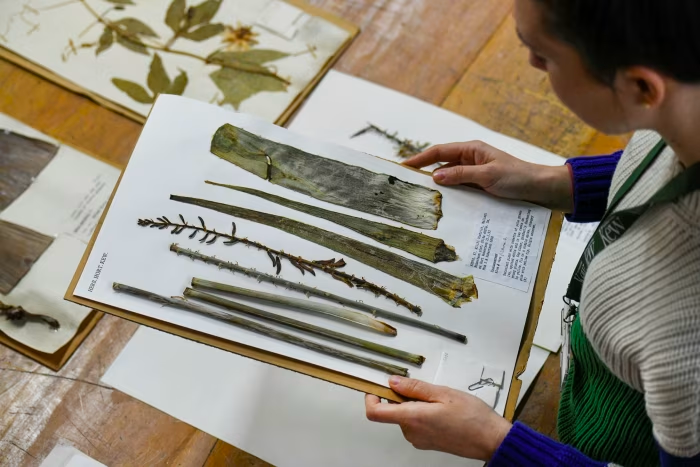Plant Records Webinar: Keeping Up With Plant Names & the Impact of Shared Taxonomy

Is keeping up with plant names causing you a headache? If so, you're not alone. Our recent webinar sheds light on the challenges of managing plant names. These challenges not only affect your collection but also impact its utility on a broader scale.
A recent Technical Review from BGCI highlighted the “chronic issues associated with data quality and availability which limit connectivity and material utility”. Similarly, keeping pace with plant names is consistently mentioned as a top concern by the global record keeping community.

How can we address some of these challenges? How can we create a more seamless and standardised approach to plant taxonomy in collection management? What role does cloud-based integration play in helping you with your plant names?
The Four Cornerstones of Healthy Plant Records
In order to achieve this, we must first talk about the cornerstones in maintaining healthy plant records, something we have touched on in the past.
Accurate taxonomy is the foundation for good plant records, but this can be undermined if plants are incorrectly identified. Proper plant identification therefore acts as a precursor to effective taxonomy.

Recognising and documenting identification uncertainty is also important. It provides transparency in cases where plant identity is uncertain, which signals the need for further research or expert consultation.
In such cases, collaboration with others can be invaluable. Reaching out to taxonomic specialists, using herbarium references, or even using citizen science tools can all ensure that incorrect identifications are resolved and therefore enhance the quality of your data.
Shared Taxonomy Explained
So what exactly do we mean by shared taxonomy? Our definition is that it's a platform that serves as a centralised repository for scientific names, nomenclature, and essential taxonomic metadata.
Its primary goal is to minimise data redundancy, duplication and enhance data quality through collaboration and data integration.

In Hortis, we are employing a standardised taxonomic backbone using Plants of the World Online (POWO) from Kew Science for vascular plants, and Catalogue of Life (COL) for non-vascular plants.
This means that you are informed whether you are using an accepted name, a synonym, or an unplaced name, as well as having access to higher order taxonomic ranks without the need to record or manage this data yourself.
The use of shared taxonomy will open doors to providing you with other factual metadata, such as life form characteristics and native distribution. It will also pave the way to features like name change notifications, giving you the option to keep up-to-date with taxonomic opinions as they emerge in the community.
The Impact of Shared Taxonomy
We rounded off the webinar with the far-reaching consequences of our approach:
- Enhanced Data Quality with Less Effort: Shared taxonomy significantly reduces errors and discrepancies, leading to more reliable plant records. This not only saves time and resources but also ensures data consistency and accuracy.
- Improved Collaboration: The framework minimises friction for data sharing and collaborative research efforts, fostering a more cohesive plant records community.
- Greater Collection Impact: Shared taxonomy makes collection data more accessible and valuable for a wider community, amplifying the significance of botanical research and conservation efforts.

With the release of the higher-ranking shared taxonomy last month, we are excited about the next phase of incorporating species-level taxonomy scheduled to be rolled out in December/January.
The significant milestone of integrating with POWO and COL marks our continued commitment to providing an all-encompassing solution that empowers institutions to maintain accurate, up-to-date, and accessible plant records.
We look forward to continuing the discussions around taxonomy and helping solve these fundamental challenges together with feedback from the community.
What would you like to discuss in our next webinar?
Do you have a plant records topic you would like us to cover? Feel free to get in touch with ideas for our next webinar in 2024.
As usual, this and other webinars from our series are available to view on our YouTube channel.